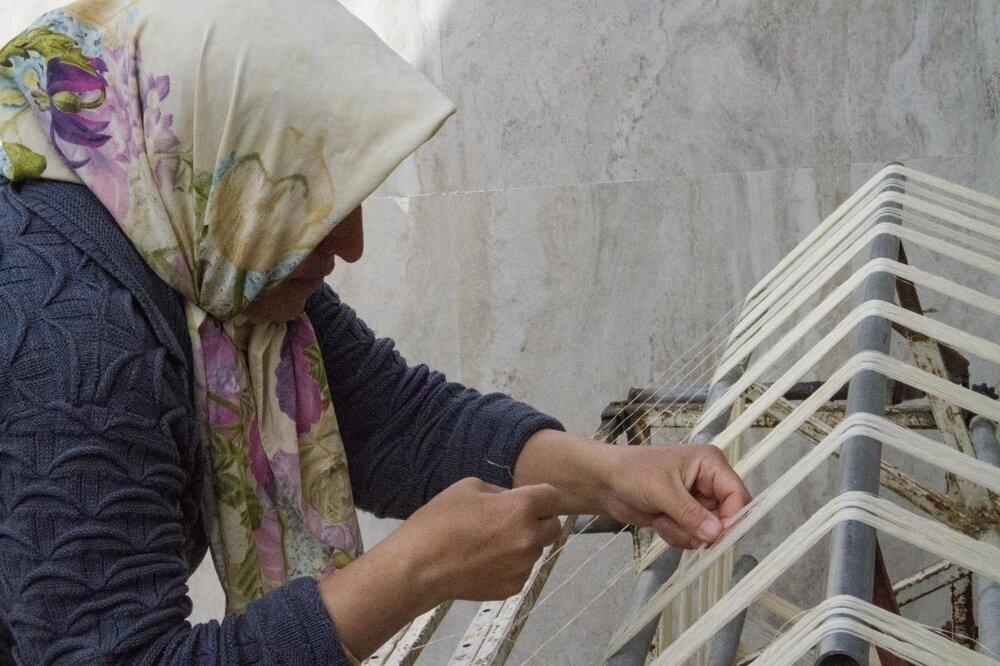Silk weaving traditions gain UNESCO status

TEHRAN – Sericulture and traditional production of silk for weaving has gained UNESCO status jointly for Iran, Afghanistan, Azerbaijan, Turkey, Tajikistan, Turkmenistan, and Uzbekistan.
The inscription secured approval at the 17th session of the Intangible Cultural Heritage Committee of the United Nations Educational, Scientific, and Cultural Organization (UNESCO) held in the Moroccan capital of Rabat on Wednesday.
In sericulture and the traditional production of silk for weaving, farmers care for the silkworms through their entire lifecycle, growing the mulberry trees that provide leaves upon which the worms feed and produce silkworm eggs.
As mentioned by the UN cultural body, the fibers are reeled from the cocoons, spun into silk threads, cleaned, and dyed. The threads are then used to create various types of craft products, including fabrics, carpets, rugs, and curtains.
Silk products are highly valued by all social and cultural classes, and people use them for special occasions such as weddings, funerals, and family gatherings. Deeply rooted in the traditions of the Great Silk Road, the practice is an expression of cultural identity and centuries-old traditions. It is also viewed as a symbol of social cohesion, as the silk trade contributed to the exchange of culture and science within and across the countries concerned.
Iran has long been home to silk makers, mainly in the regions of Gilan and Khorasan. For more than three millennia, silk thread produced in Iran has been used to make clothing fabric and for weaving Persian rugs.
The Silk Road was a well-connected network of routes that, according to ancient maps, began in China and passed through central Asia before ending in Syria. It served as an important trade route connecting the Mediterranean Sea and China.
AM
Leave a Comment